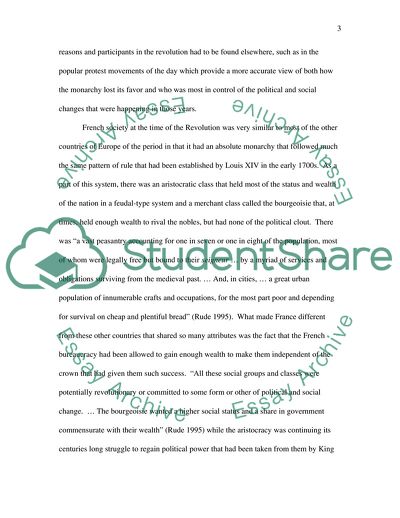Cite this document
(The French Revolution Essay Example | Topics and Well Written Essays - 2500 words, n.d.)
The French Revolution Essay Example | Topics and Well Written Essays - 2500 words. Retrieved from https://studentshare.org/history/1703300-what-part-did-popular-protest-play-in-the-french-revolution
The French Revolution Essay Example | Topics and Well Written Essays - 2500 words. Retrieved from https://studentshare.org/history/1703300-what-part-did-popular-protest-play-in-the-french-revolution
(The French Revolution Essay Example | Topics and Well Written Essays - 2500 Words)
The French Revolution Essay Example | Topics and Well Written Essays - 2500 Words. https://studentshare.org/history/1703300-what-part-did-popular-protest-play-in-the-french-revolution.
The French Revolution Essay Example | Topics and Well Written Essays - 2500 Words. https://studentshare.org/history/1703300-what-part-did-popular-protest-play-in-the-french-revolution.
“The French Revolution Essay Example | Topics and Well Written Essays - 2500 Words”. https://studentshare.org/history/1703300-what-part-did-popular-protest-play-in-the-french-revolution.


